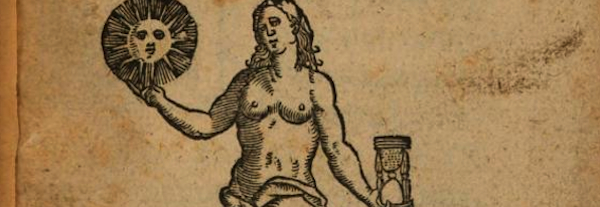Lazare Peña, Paris, 1616 (Google Books)
Lister read this work in April 1665, and it concerned recipes for safe cosmetics and enhancements for the complexion.
Moralists asserted that use of cosmetics was a mortal sin. Smith’s Wonder of Wonders (1660) stated that ‘these Dyes, Tinctures, and colours dawbed on womens faces, do signifie that the soul is sick within . . .as branded marks make known a Fugitive, so beautiful colours disclose a Harlot’. 1
English moralists such as Smith would use the trope of cosmetics as a means to engage in invective against the French as well. In his treatise, Smith quoted one Dr Bulwer:
In the invention of black Patches the French shewed their wity pride, which could so cunningly turn Botches into Beauty, and make uglinesse handsome; yet in point of phantasticalnesse we may excuse that Nation, as having taken up the fashion rather for necessity then novelty, inasmuch as those French Pimples have need of a French Plaister 2
 As stated by Phillippy, ‘the ideal woman of the anti-cosmetic polemicists is a woman of transparent surfaces—a ‘crystal glasse’, as the period’s mirrors for women frequently call her—whose colours are in agreement with her essence’. 3 Despite these moral strictures, use of cosmetics, patches, and skin enhancements was perennially popular. As a physician, Lister would have to be familiar with their use.
As stated by Phillippy, ‘the ideal woman of the anti-cosmetic polemicists is a woman of transparent surfaces—a ‘crystal glasse’, as the period’s mirrors for women frequently call her—whose colours are in agreement with her essence’. 3 Despite these moral strictures, use of cosmetics, patches, and skin enhancements was perennially popular. As a physician, Lister would have to be familiar with their use.

